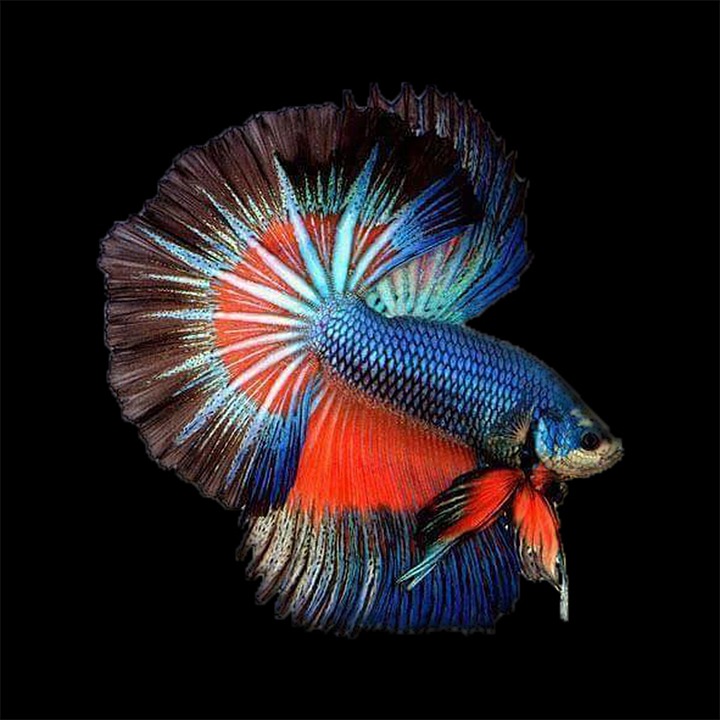Feeding fish in a tank is not as simple as it may seem. It involves more than just dropping food into the water and watching the fish eat. The science behind feeding fish in a tank requires careful observation and understanding of their dietary needs. In this article, we will explore the science of feeding fish in a tank, including important observations and techniques to ensure the health and well-being of your aquatic pets.
One of the crucial aspects of feeding fish in a tank is understanding their dietary needs. Fish, like any other living creatures, require a balanced diet to thrive. A balanced diet for fish consists of proteins, carbohydrates, fats, vitamins, and minerals. Providing a varied diet is essential to ensure that all nutritional requirements are met. Different types of fish have varying dietary requirements, so it is important to research and understand the specific needs of your fish species.
Several factors can affect the feeding habits of fish. These include the fish’s age, size, and activity level, as well as the water temperature and quality. It is important to consider these factors when determining the appropriate feeding frequency and quantity for your fish. Overfeeding can lead to water pollution, obesity, and other health issues, while underfeeding can result in malnourishment and stunted growth.
Observation plays a crucial role in effective fish feeding. By monitoring fish behavior and appetite, you can determine if your fish are healthy and receiving adequate nutrition. Healthy fish are active and alert, with a good appetite. Signs of overfeeding include uneaten food accumulating at the bottom of the tank, cloudy water, and fish becoming lethargic or bloated. On the other hand, signs of underfeeding include fish appearing thin, sluggish behavior, and decreased activity levels.
Adjusting feeding frequency and quantity is important to ensure the optimal health of your fish. Feeding once or twice a day is generally sufficient for most fish species. However, herbivores or bottom feeders may require more frequent feeding. It is important to feed an amount that your fish can consume within 2-3 minutes. If there is excess food left after this time, you may be providing too much.
Choosing the right type of fish food is also crucial for their well-being. There are various commercially available fish foods formulated for different species. It is important to choose a food that meets the specific dietary requirements of your fish. Additionally, proper feeding techniques such as sprinkling the food evenly throughout the tank and avoiding overcrowding during feeding can help ensure that all fish receive adequate nutrition.
Supplementing diets with live or frozen foods can be beneficial for fish. Live or frozen foods such as brine shrimp, bloodworms, or daphnia provide additional nutrients and mimic the natural diet of some fish species. However, it is important to ensure that these foods are safe and free from any parasites or contaminants.
To provide additional guidance, here are some common FAQs about feeding fish in a tank:
– How often should I feed my fish? The feeding frequency depends on the type of fish you have. In general, feeding once or twice a day is sufficient for most fish species. However, some fish, such as herbivores or bottom feeders, may require more frequent feeding.
– How much food should I give to my fish during each feeding? It is essential to avoid overfeeding, as it can lead to water pollution and health issues. A good rule of thumb is to feed an amount that your fish can consume within 2-3 minutes. If there is excess food left after this time, you may be providing too much.
– Can I feed my fish treats or human food? While it may be tempting to give your fish treats or scraps from your own meals, it is generally not recommended. Fish have specific dietary needs, and improper food can lead to digestive problems and nutrient deficiencies. Stick to commercially available fish food formulated for your specific fish species.
– Is it necessary to fast fish occasionally? Yes, periodic fasting can be beneficial for fish. It allows their digestive systems to rest and helps prevent obesity. Depending on the species, fasting once a week or for a couple of days can promote better overall health.
– What should I do if my fish refuse to eat? If your fish stop eating or show a sudden decrease in appetite, it might be a sign of an underlying health issue. Monitor their behavior closely and check for any other symptoms. If the problem persists, consult a veterinarian or a knowledgeable aquarist to address the problem promptly.
In conclusion, feeding fish in a tank is a science that requires careful observation, understanding of dietary needs, and implementing appropriate techniques. By providing a balanced diet, monitoring fish behavior, and employing proper feeding techniques, you can ensure the health and vitality of your aquatic pets. Remember to follow the FAQs section for additional guidance and consult experts when needed to provide the best care for your fish.









